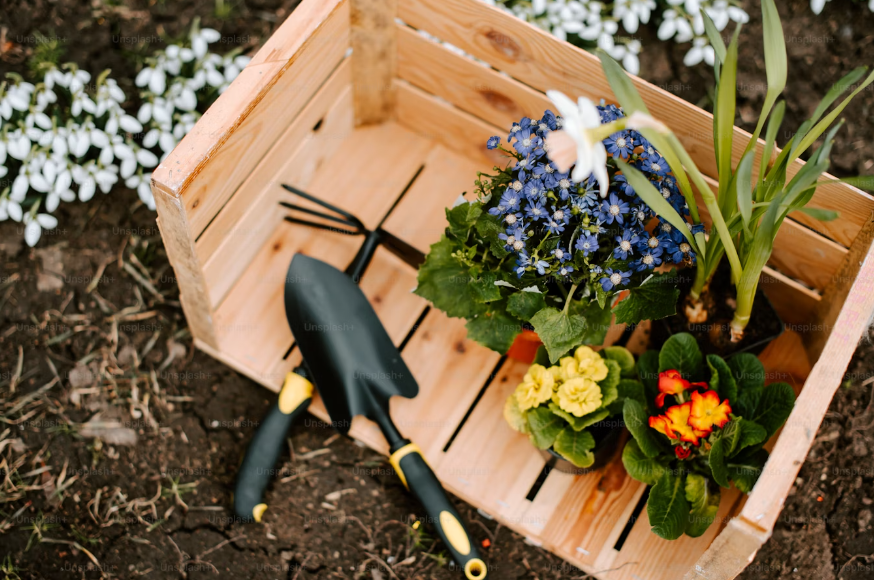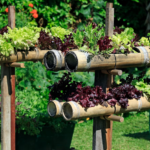Creating a flower garden is a gratifying and pleasurable pastime that may add beauty to your house while also providing a peaceful place to unwind. Starting a flower garden may appear difficult to novices, but with some instruction and careful design, you can produce a lovely floral show. This tutorial will walk you through the steps of establishing a flower garden and provide useful advice to ensure its success.
Benefits of Flower Gardening:
A flower garden can bring color and energy to any outdoor space.
Gardening can alleviate stress and promote mental health by giving people a sense of accomplishment and a connection to nature.

Biodiversity: Flower gardens help local ecosystems by attracting pollinators such as bees, butterflies, and birds.
Gardening is a low-impact workout that can help you build strength, endurance, and flexibility.
Plan Your Flower Garden
Choose the Right Location
The location of your garden is critical to the health and growth of your flowers.
Sunlight: Most flowers need at least 6 hours of sunlight each day. Examine your yard to pick an area that gets plenty of sunlight.
Soil: Assess the soil quality. Flowers normally demand well-drained soil with a pH of 6.0 to 7.0.
Accessibility: Make sure the garden is easily accessible for watering, weeding, and maintenance.
Determine the garden style
Decide on the style of your garden. Some popular styles are:
Cottage Garden: A collection of colorful, aromatic flowers in an informal arrangement.
Formal Garden: Structured, symmetrical arrangements with well-trimmed hedges and geometric flower beds.
Wildflower Garden: Native plants designed to resemble a natural meadow, encouraging biodiversity.
Select your flowers
Consider the following aspects while selecting flowers for your garden:
Climate: Choose flowers that flourish in your local climate.
Bloom Time: Select a variety of flowers with varying bloom times to guarantee consistent color throughout the season.
Height and Spread: Determine the mature size of each plant to minimize overcrowding.
Color Scheme: Choose a color palette that matches your home and personal tastes.
Preparing the Garden Bed
Clear the area.
Remove Weeds: Get rid of all weeds, grass, and garbage.
Outline the Bed: Using a garden hose or rope, trace the form of your garden bed.
Improve soil quality.
Test the soil to assess nutrient levels and pH.
Amend Soil: Based on the test results, add compost, organic matter, or other soil amendments to increase fertility and drainage.
Plan the layout.
Design: Draw a plan for your garden layout, taking into account each plant’s height and spread.
Spacing: Leave enough space between plants to allow for growth and airflow.








